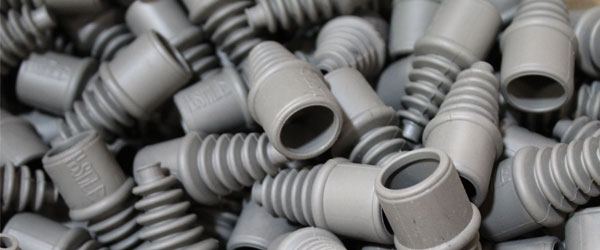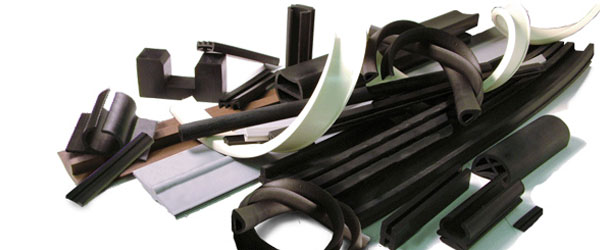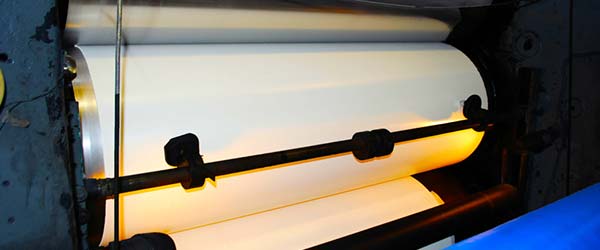Hi everyone,
I get a lot of lot of molding requests from perspective customers. These prospects are almost never experts in rubber molding. Sometimes they will have had a plastic part molded in the past so the request often comes as something like this: ‘Do you do that injection molding?’. We do have injection molding machines and sometimes they are the right fit for a rubber molding job but that is often not the case.
Rubber is different than plastic. Rubber is more ‘heavy duty’ than plastic. It takes much more tonnage to close and keep closed the press during vulcanization. It takes longer to cure. Rubber is generally used in harsher environments than plastic. Rubber is more expensive to manufacture than plastic.
What you need to know is that there are other types of rubber molding; namely, compression and transfer. Injection molding machines are very expensive to operate relative to standard presses in similar size and tonnage. With rubber, unless you have huge volumes (like run it 24 hrs per day, 5 days per week) you might be better off in a compression or transfer mold.
Compression Molding is the simplest and most common method of rubber molding. It is characterized by placing a slightly over-sized piece of uncured rubber in the cavity then closing the press with sufficient tonnage and heat which causes the rubber to lose viscosity and flow throughout the cavity. After all the cross-linking has taken place the press opens, the mold opens and the finished parts is de-molded.
In a subsequent article I will write about transfer molding.. Transfer molding kind of uses the lower running-cost equipment of a standard hydraulic press but gets some of the benefits of injecting the heated (and therefore low-viscosity) material into a closed mold. For any questions, please write me at fsears@goodyearrubber.com
 (909) 987-1774
(909) 987-1774 Email Us
Email Us







